THE 3I PROGRAM
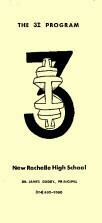
New Rochelle High School
DR. JAMES GADDY, PRINCIPAL
(914) 632-9000
| i i i | The Three I Program Brochure, mid-1970s Home Facebook: 3I Program Alum | i i i |
THE 3I PROGRAM

New Rochelle High School
DR. JAMES GADDY, PRINCIPAL
(914) 632-9000
The 3Is (Inquiry, Involvement, and Independent study) has been the alternative high school program for the New Rochelle City School District since 1970. Housed in the high school building on Clove Road, its facilities include a second floor complex of six classrooms, a modern, sophisticated science laboratory, and a well-equipped art studio. It operates with a student body of 150 in grades ten through twelve, and is staffed by seven teachers qualified in the areas of English, Social Sciences, Mathematics, Natural Sciences, and Art.
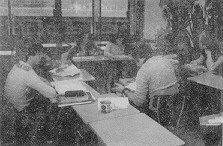
The 3I philosophy emphasizes the importance of discovering the value and joy of learning. A combination of community involvement, student participation in planning educational programs, and the development of self-discipline enables students to view school as an activity, not merely a building.
This philosophy involves exposing students to a basic education, but also provides enough flexibility for students with many different learning styles to find success. While 3I students must fulfill the New York State requirements for graduation, they work with teachers to develop a diversity of options to meet these requirements.
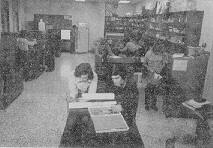
The basic elements in the 3I Program are classroom courses, and independent, group, and community service projects. In addition to concentrating on basic skills, the courses in the 3I Program offer a variety of other possibilities for study, and are designed to increase student interest, motivation, and achievement. Courses offered recently include: Ancient Greece, Newspaper, Case Studies in American History, Writing Skills, Shakespeare, Anthropology, Centennial America, Language and Behavior, Psychology, Geometry, Algebra, Trigonometry, Calculus, Biology, Advanced Biology, Health, Chemistry, Physics, Earth Science, Horticulture, Drawing and Painting, Ceramics, and Print Making. Occasionally students teach courses under the guidance of a teacher-coordinator. Some recent examples include: Satire, Science Fiction, and Poetry. Classes meet three times a week for an hour and fifteen minutes each.
Many students pursue special interests by working with a teacher on independent and group projects. The teacher and the student write a contract which specifies what work must be done in order for the student to earn credit. Students then pursue the subject independently, meeting frequently with the teacher to discuss progress. Recent independent projects include: electroplating, climatology, producing a videotape program, and studying presidential candidates. Group projects have included studies of environmental problems, care of the elderly, and changing women's roles.
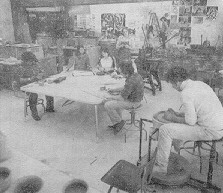
Students are also encouraged to take part in community service projects. The possibilities here are as limitless as one's imagination and have included: assisting in pre-kindergarten and elementary schools, working with theater groups, involvement in animal behavior research at the American Museum of Natural History, and helping at hospitals and old age homes. The students obtain credit for this type of work by arranging a contract with the tutorial teacher and the adult in charge of the program.
The 150 students are organized into seven smaller groups called "tutorials," each of which is under the direction of a teacher. The tutorial group serves as a vehicle for student-centered discussions concerning important aspects of the growth and development of the program; as a small, non-academic setting for developing close social relationships; and, perhaps most importantly, as a core group within which the tutorial teacher provides individual counselling for each student. The flexible structure of the 3I Program allows teachers blocks of time which are used for these counselling sessions and meetings with any student in need of help.
A student steering committee is the official voice of the students, and it supplies a medium through which their needs can be aired and fulfilled. The teachers meet weekly to keep each other informed about student progress and to work together towards developing a better learning environment. The program is in a constant state of growth, and the faculty and students are continually seeking new and better methods of achieving their goals.
Written evaluations prepared by both students and teachers take the place of grades in the program. Several such evaluations, including a lengthy, comprehensive essay in June, are mailed to parents during the year.
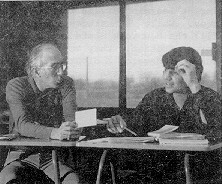
Most 3I students take the SAT and College Achievement exams. Test Preparation Sessions have frequently been offered by 3I teachers. Over ninety-five percent of all 3I students continue their education by attending college. Students have available to them the services of the NRHS guidance staff as well as their tutorial teacher to assist them with college applications.
Because other alternative programs, similar to the 3I Program, have developed throughout the country, colleges are familiar with receiving applications from graduates of these programs. Colleges and universities have readily accepted 3I graduates, who have attended various branches of the State University of New York and have been accepted at a wide variety of schools, among them: Columbia, Princeton, MIT, Northwestern, Hofstra, Barnard, Cornell, Oberlin, NYU, and Bard.